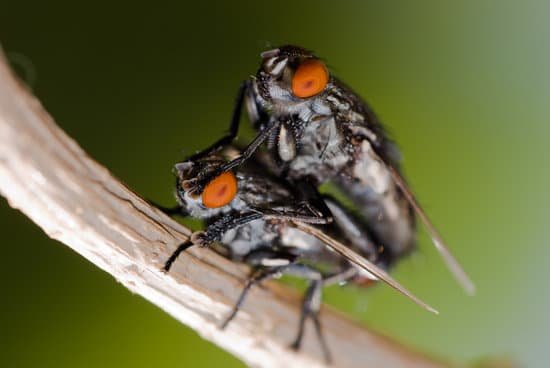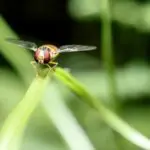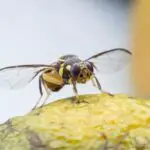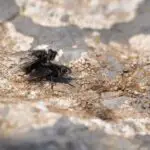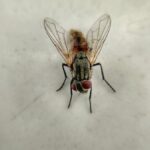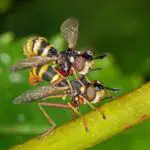How Does a Fly Take Off Backwards?
Scientists have found that flies can take off backwards, and that the process is very quick. The researchers at the CNRS’ Institute of Movement Science (ISM) in Aix-Marseille, France, studied the process of fly takeoff. They found that flies can flip themselves around by turning their bodies before turning their heads, and the process occurs within six beats.
Flies have two functional wings and drumstick-like organs called halteres. The halteres act as gyroscopes during flight, measuring torque and angular momentum around the body. Their halteres also help them navigate their way from one place to another.
Flies use their brain to calculate the position of an approaching predator and place their legs and body in the most appropriate positions to escape. The brain processes this information within 100 milliseconds. This rapid reaction time allows flies to avoid threats. If the fly is confronted by an approaching predator, the flies change direction immediately to avoid harm.
The ability of flies to react quickly is one reason for their elusive behavior. Their tiny brains allow them to avoid being swatted. They can detect a threat from any direction. Their complex vision and brain also contribute to flies’ ability to avoid being swatted. Unlike human beings, flies perceive time differently, based on how often they process images.
